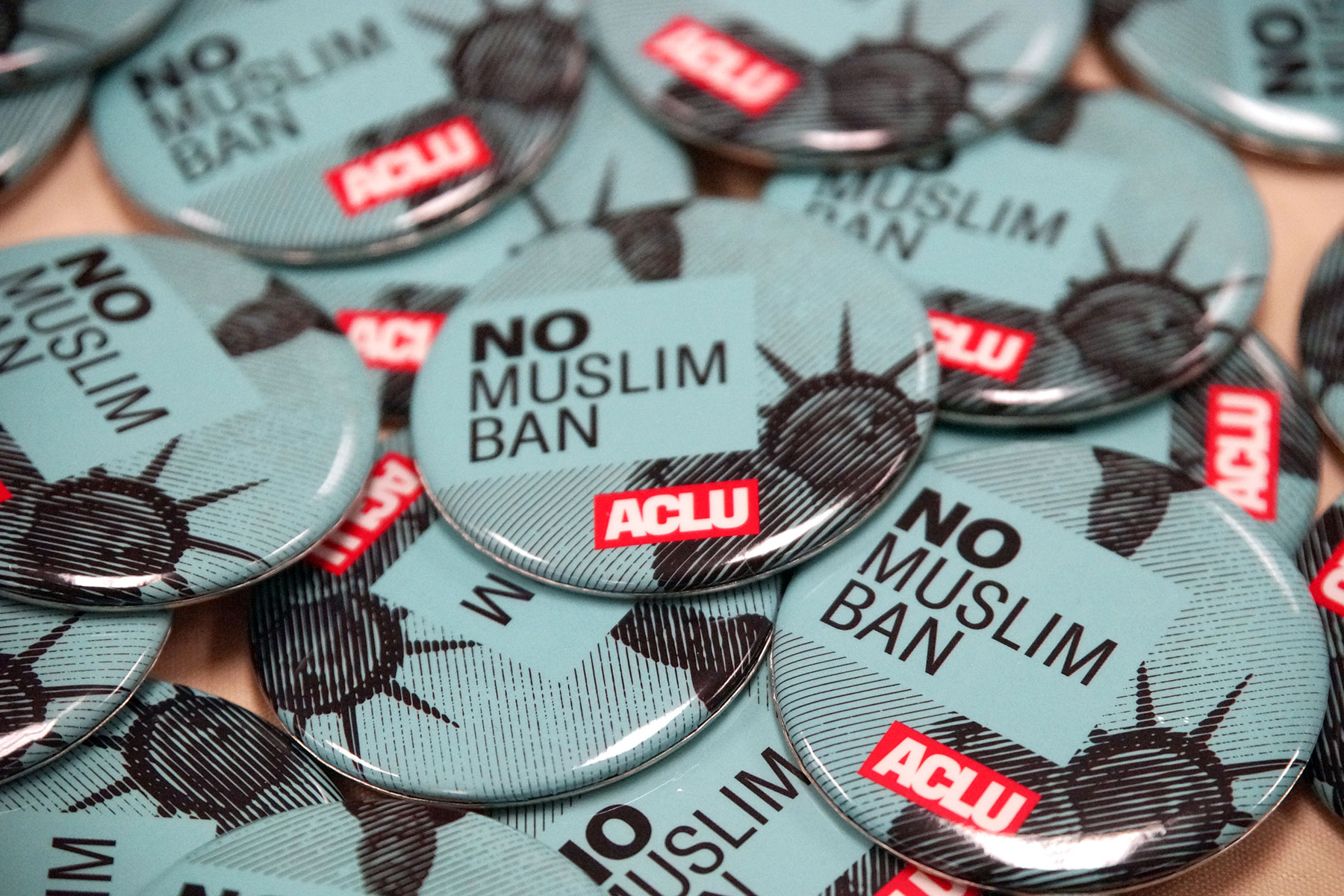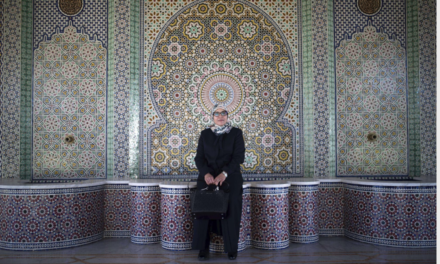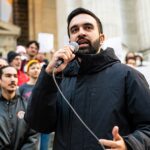
There have been definitive moments in recent history that have vividly marked what it means to be Muslim in the US today. These are moments when state action, in full candor and force, reveals that the faith practiced by at least 3.5 million Americans and 1.8 billion people globally is more of a national security threat than a religion deserving of protection and respect.
June 26, 2018, will forever stand as one of those moments. On that day, with a 5-to-4 vote the United States Supreme Court issued its long-awaited ruling on President Donald Trump’s so-called “travel ban”, upholding the third rendition of his executive order restricting entry of nationals from seven countries, five of them Muslim-majority.
The majority decision, authored by Chief Justice John Roberts, found that the order was non-discriminatory because religion (Islam) was not explicitly mentioned in its text. Trump’s incessant and virulent anti-Muslim rhetoric surrounding the order was ultimately deemed immaterial.
Stripping the Muslim ban of its context
The Supreme Court has inferred religious discrimination (with facially neutral policy) when the target is Christians. This was recently illustrated in the opinion in Masterpiece Cakeshop v Colorado Civil Rights Commission.
But less than a month later, the court pivoted from that position when the subjects of religious hostility were Muslims, although the evidence of anti-Muslim animus coming from Trump was recurring and robust, and established an intent to discriminate.
Evidence of religious animus the court’s majority “failed” to find in the text of the travel ban saturated the context that birthed it, lurid in the statements and slurs of its executive benefactor and the structure of the order that preceded it.
Just one week after his inauguration, Trump signed an executive order restricting the entry of immigrants from seven countries: Iran, Iraq, Libya, Somalia, Sudan, Syria and Yemen. All of them are Muslim-majority countries. Sudan and Iraq subsequently removed from the list and replaced by Venezuela and North Korea, but that doesn’t change the fact that the executive order echoed Trump’s December 2015 proposal to ban Muslims.
Apart from his vow to impose a Muslim ban, Trump also declared “Islam hates us” on primetime television, re-tweeted anti-Muslim propaganda, and has repeatedly incited anti-Muslim sentiment through his rhetoric and policies.
Trump has never made an attempt to disavow or distance himself from his anti-Muslim pronouncements. Yet the court deemed none of that relevant to the case they were ruling on.
In his justification of the decision, Chief Justice Roberts adopted a textual approach that stripped the facially neutral language of the executive order from its virulently Islamophobic political context, in turn, leveraging textualism as a means to justify religious discrimination at US borders – but also, within them.
In her dissent, Justice Sonia Sotomayor, who voted against the ruling, rightly argued: “Despite several opportunities to do so, President Trump has never disavowed any of his prior invidious statements about Islam. Instead, he has continued to make remarks that a reasonable observer would view as an unrelenting attack on the Muslim religion.”
The court ruling as an affirmation of Islamophobia
The Supreme Court’s ruling is a definitive moment for Muslims because it is far more than a decision impacting immigration policy or the scope of executive authority.
It has become not only a symbolic declaration from the highest court of the land that justifies religious discrimination on account of tenuous national security concerns, but also a decision affirming the conflation of Muslim identity with “terror threat”.
As I have written elsewhere, “Dialectical Islamophobia is the process by which structural Islamophobia shapes, reshapes, and endorses views or attitudes about Islam and Muslims.”
In this sense, the court’s decision ultimately encourages private violence against Muslims (and perceived Muslims).
The scope of parties affected by the decision is more than Muslim immigrants traveling from the five Muslim-majority states, but also Muslim citizens and residents living in the United States, who will be made more vulnerable to hate violence and intimidation from Islamophobic elements emboldened by this Supreme Court ruling.
The ruling will permanently stand as a living symbol, similar to the Dred Scott and Korematsu decisions holding black people to be property and Japanese Americans to be subversive threats, respectively.
It affirmed the fundamental tenet of Islamophobia: that Islam is inherently violent, alien, and unassimilable, driven by the belief that expressions of Muslim identity foreshadow terrorism.
For those who still claim that “Islamophobia isn’t real” or a form of animus embellished by Muslims and their allies, this ruling from the highest court shows they were wrong.
And for Muslims, it will serve as a standing reminder that their religion will mark them, above all, as national security pariahs – whether immigrants traveling from Africa or the Middle East, or US citizens living in communities across the country.
Khaled A Beydoun
Originally published on Aljazeera as The Korematsu moment for Muslim Americans













